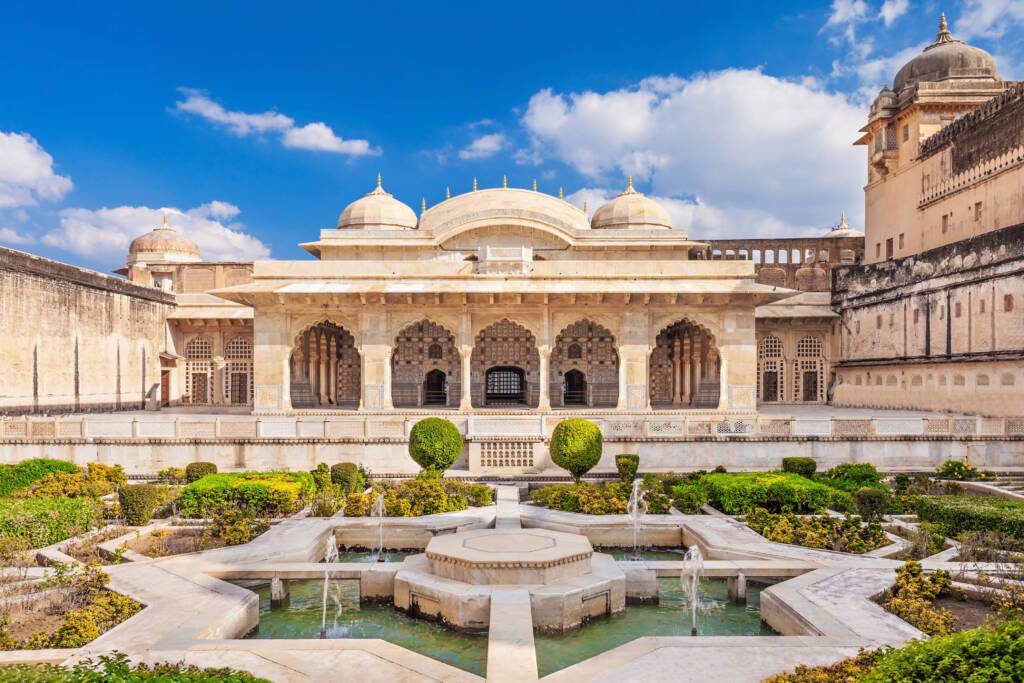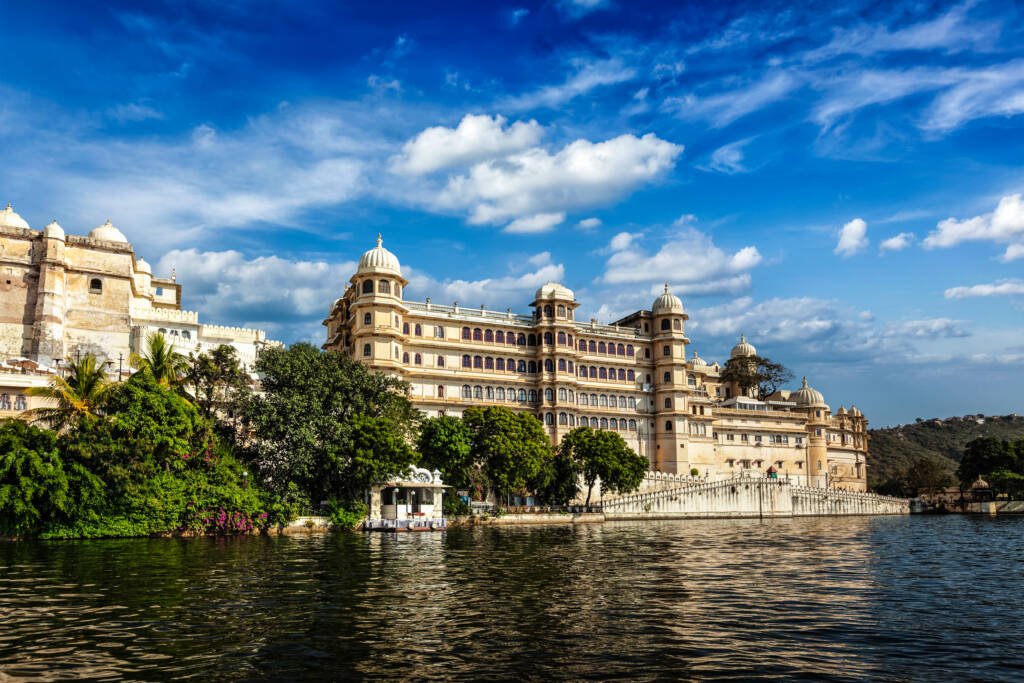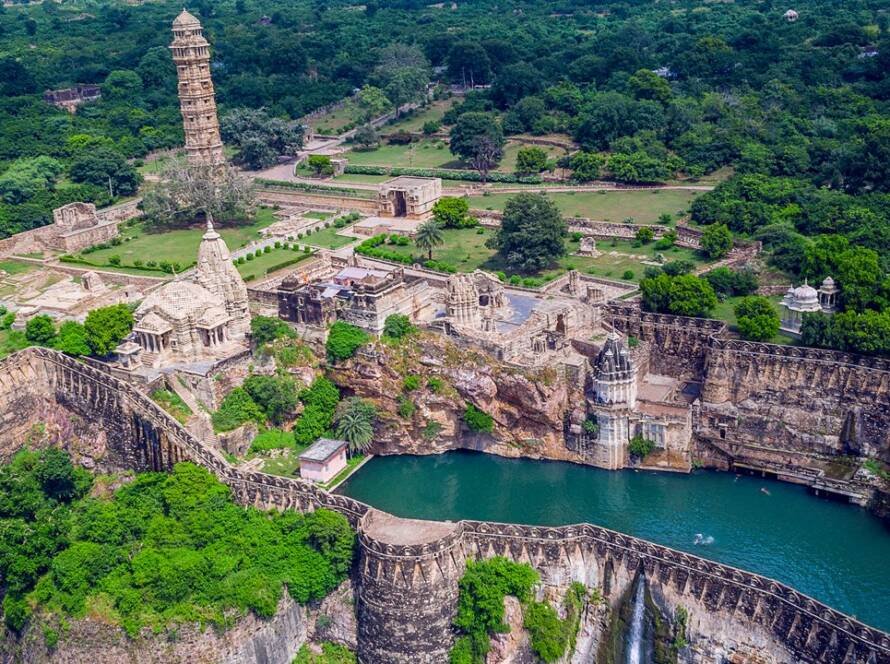Where Sand Breathes Legacy and Stone Cradles Wisdom
In the golden vastness of the Thar, where the sun rules the sky and the earth thirsts for every drop, rise the forts of Rajasthan—stoic, silent, and yet so alive. They do not merely stand; they endure. They are not ruins—they are reminders. Of how, even in the most unforgiving terrains, human wisdom, community, and craft found ways not just to survive—but to thrive.
In the shimmering mirage of the desert, they appear like fabled ships anchored in time—Jaisalmer, Jodhpur, Bikaner. Each built not merely as a shield against enemies, but as sanctuaries against nature’s extremes. These forts are the true inheritance of a people who looked at the desert not as a barrier, but as a teacher. And from it, they learned sustainability before the word ever existed.
Architecture Born of Earth and Intuition
The desert gives little—but what it gives, Rajasthan embraced with reverence. The sandstone of Jaisalmer, the marble of Jodhpur, the clay and lime of smaller forts—all drawn from the land, crafted into structures that could breathe with the climate.
Jaisalmer Fort, famously called “Sonar Qila” or the Golden Fort, is a marvel not just for its glowing hue but its ingenious structure. Built in 1156 CE, it is one of the few “living forts” in the world, still home to thousands. Its high walls and narrow lanes aren’t just aesthetic—they shield against heat, guide desert winds, and retain cool air. The yellow sandstone absorbs the sunlight during the day and gently releases it by night, allowing a natural balance of temperature.
Inside these forts, homes were built around courtyards, with jharokhas (overhanging balconies) and latticed windows filtering sunlight while offering privacy. Water storage tanks, stepwells (baoris), and underground channels ensured that every precious drop of rain was captured, conserved, and celebrated. These were forts built not just with stone—but with understanding.


Water Wisdom: Celebrating the Sacred Resource
In the desert, water is not just necessity—it is sacred. And Rajasthan’s forts reflect this cultural sanctity. The Mehrangarh Fort in Jodhpur, perched on a cliff, has a network of rainwater harvesting systems that once sustained entire communities. The Gadisar Lake near Jaisalmer Fort was not just a reservoir—it was a living cultural site, surrounded by temples, ghats, and chattris.
Every droplet mattered. Forts were built with catchment slopes, porous materials, and cisterns, all in service of water. What the world today calls “sustainable design,” Rajasthan practiced as dharma—as a way of life in alignment with nature’s rhythm.
Cultural Life Within the Walls
These forts were not bleak bunkers—they were humming with life, ritual, and artistry. Folk music rose like morning prayer. Women embroidered and sang on rooftops under the watchful eye of the desert sky. Craft guilds thrived within walls that shielded from sandstorms but never from creativity.
Evenings were filled with stories—of valor, of gods, of spirits guarding the well. The fort was a living body—its walls the skin, its people the soul, and its traditions the heartbeat.
Festivals like Gangaur, Teej, and Mewar Holi were not just celebrated—they were stitched into the walls through carvings, murals, and rangolis. Sustainability here wasn’t just material—it was spiritual. A way of honoring the desert, its gifts, and the fragile thread that connects life to land.
Why These Forts Still Matter Today
In a time when climate change looms and urban concrete jungles grow ever thirsty, Rajasthan’s desert forts whisper vital truths: live with the land, not against it. They teach us that sustainability is not about modern solutions—but timeless wisdom. That tradition, when rooted in ecology and empathy, is not backward—but visionary.
These forts are blueprints—of architecture that listens, culture that adapts, and leadership that serves both people and planet.
The Fort as Teacher, the Desert as Muse
As the sun sets behind the bastions of Jaisalmer or Mehrangarh and the desert slowly slips into a quiet hush, you begin to understand: these forts were never merely defenses against war—they were temples of coexistence. Testaments to human will, crafted with nature’s consent.
In their shadow, we are invited to reflect: Can we, too, build with such grace? Can we listen to our environment as keenly as our ancestors did?
Rajasthan’s desert forts do not just ask us to remember—they ask us to relearn. To reconnect. To believe that resilience can be beautiful, and that in the heart of a harsh desert, harmony can bloom.
For the desert does not forget. And neither should we.



